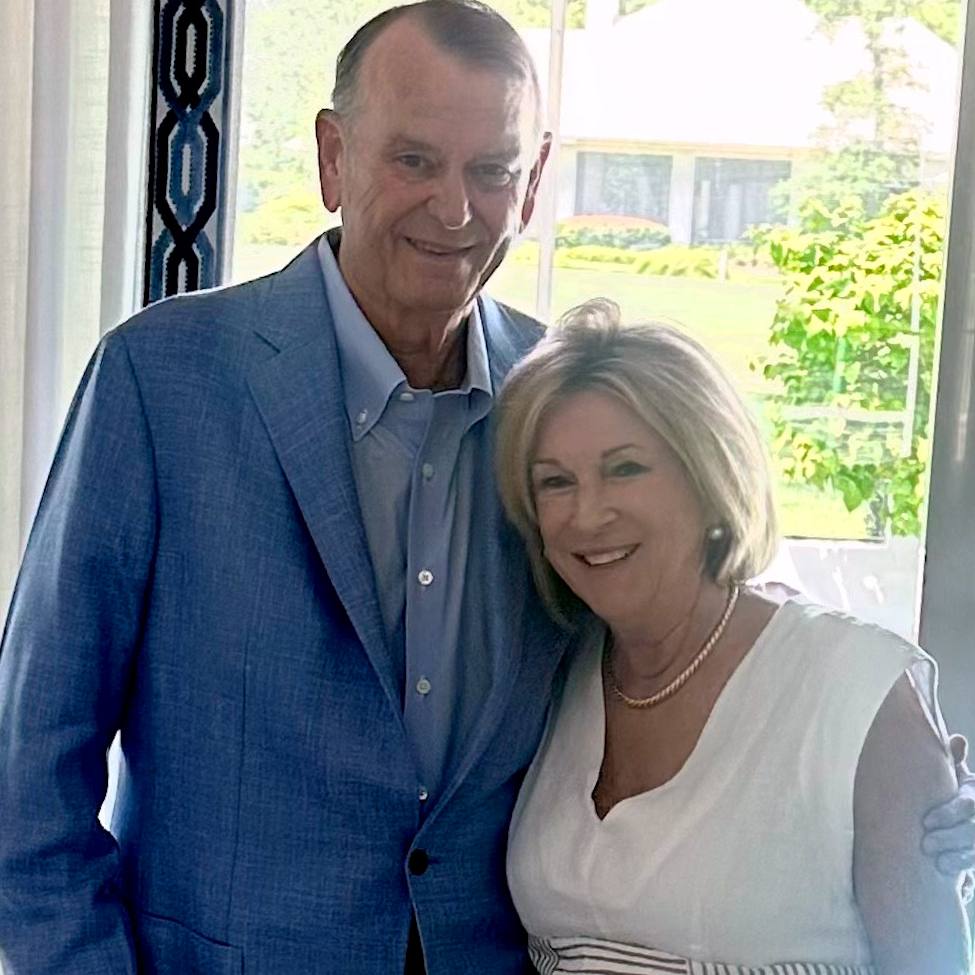-
Sharing Mayo Clinic: An uncommon antibody, a life restored

Sophisticated laboratory testing solved a medical riddle and finally got Jori Pearson back on his feet, doing what he loves.
Jori Pearson was a 39-year-old homebuilding contractor with a passion for golf and fishing when he began feeling numbness in his hands. That was in 2013. And those early symptoms signaled the start of a four-year medical odyssey, although Jori and his wife, Kerri, didn't realize that at the time. While Jori's symptoms worsened — causing him at one point to need a wheelchair — no one could provide a definite diagnosis to explain why.
The answer finally came, thanks to a Mayo Clinic Laboratories blood test (Test ID: NF4FS) that identified a rare antibody known as NF155 that was attacking Jori's nerves. The diagnosis allowed Jori to get the treatment he needed to halt the attacks.
"Knowing whether somebody is positive for the NF155 antibody is crucial because that tells us what to do for the patient," says Divyanshu (Div) Dubey, M.B.B.S., an autoimmune neurologist at Mayo Clinic who helped develop the blood test. "NF155 can be a progressive disease if not treated appropriately. Patients can have lasting deficits that, at some point, become irreversible."
Twisted ankles, bouncing road signs
At first, Jori's doctor in Kearney, Nebraska, thought his numb hands were symptoms of carpal tunnel syndrome. "Carpal tunnel seemed like just an occupational hazard that happens over the years," Jori says. But soon, Jori had trouble walking. His ankles kept twisting, and he couldn't keep his balance. Then he started seeing double and had the illusion that stationary objects were moving.
"When I was driving down the road, signs would appear to be bouncing," he says. "I was stumbling and falling quite a bit. It was like walking and not knowing where your feet were going to land."
Told that his symptoms might be due to pressure on his upper spinal cord, Jori underwent neck surgery in 2014. Spinal compression in the neck can cause problems with balance and dexterity, and it's relatively common as people age. But Jori was 40. And although the surgery relieved some mild compression in his neck, his symptoms continued to worsen.
Within months, Jori needed ankle orthotics and a walker. He started using a wheelchair for longer distances. "Golf and fishing were pretty much out," he says. "My building crew was fortunately able to carry through projects while I tried to run things behind the scenes. But eventually I quit trying to do that, too."
"IT WAS EXTREMELY DIFFICULT TO SEE HIM GO FROM BEING SUCH A PHYSICALLY ACTIVE GUY TO SUDDENLY HAVING TO SIT IN A CHAIR, NOT KNOWING WHAT WAS GOING TO HAPPEN DAY-TO-DAY," KERRI SAYS.
That’s when Jori and Kerri turned to Mayo Clinic.
Read the rest of Jori's story on Mayo Clinic Laboratories Patient Spotlight.
Related Articles







